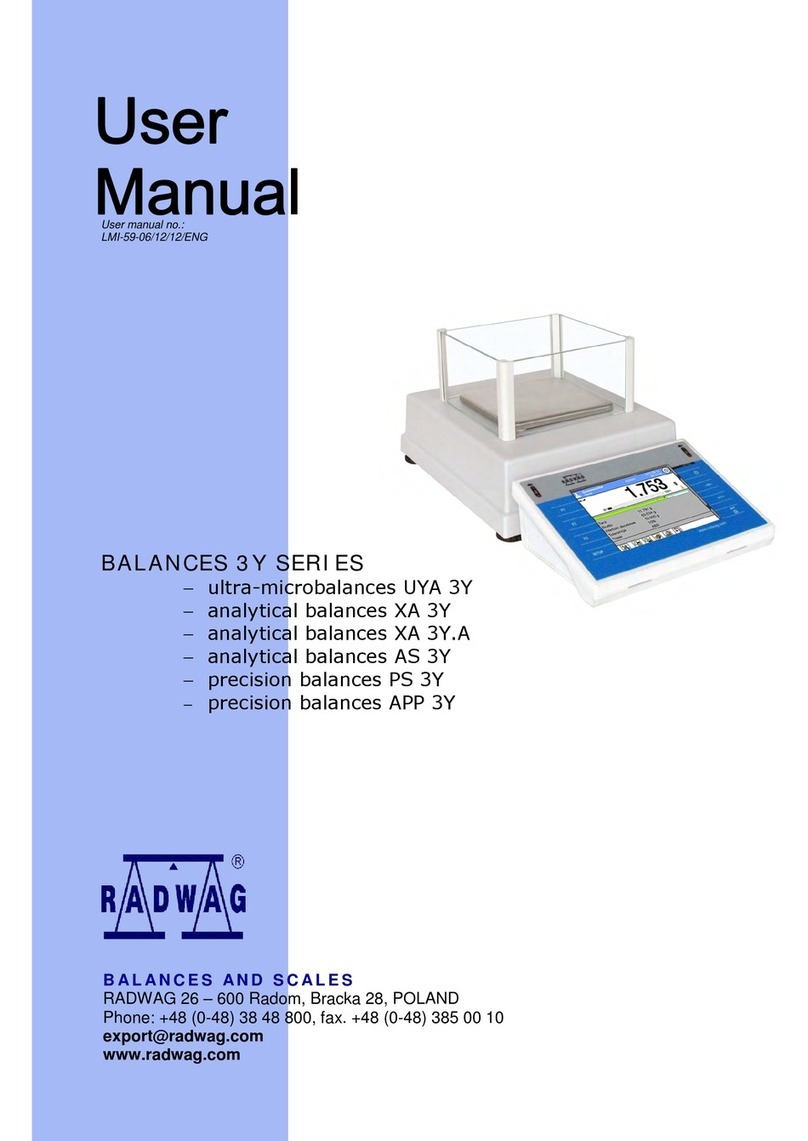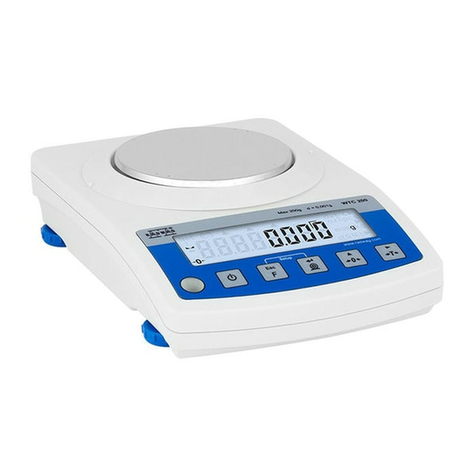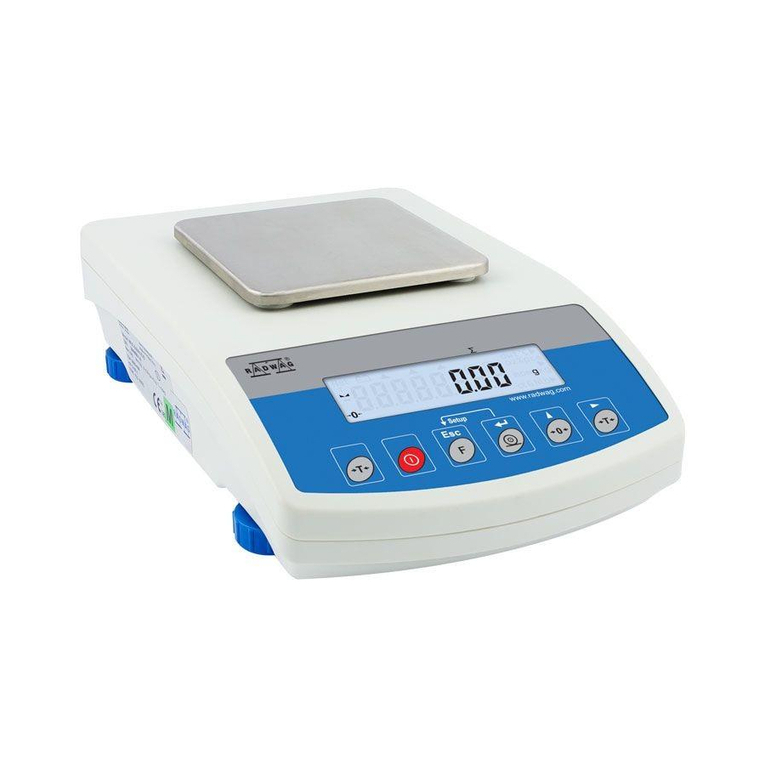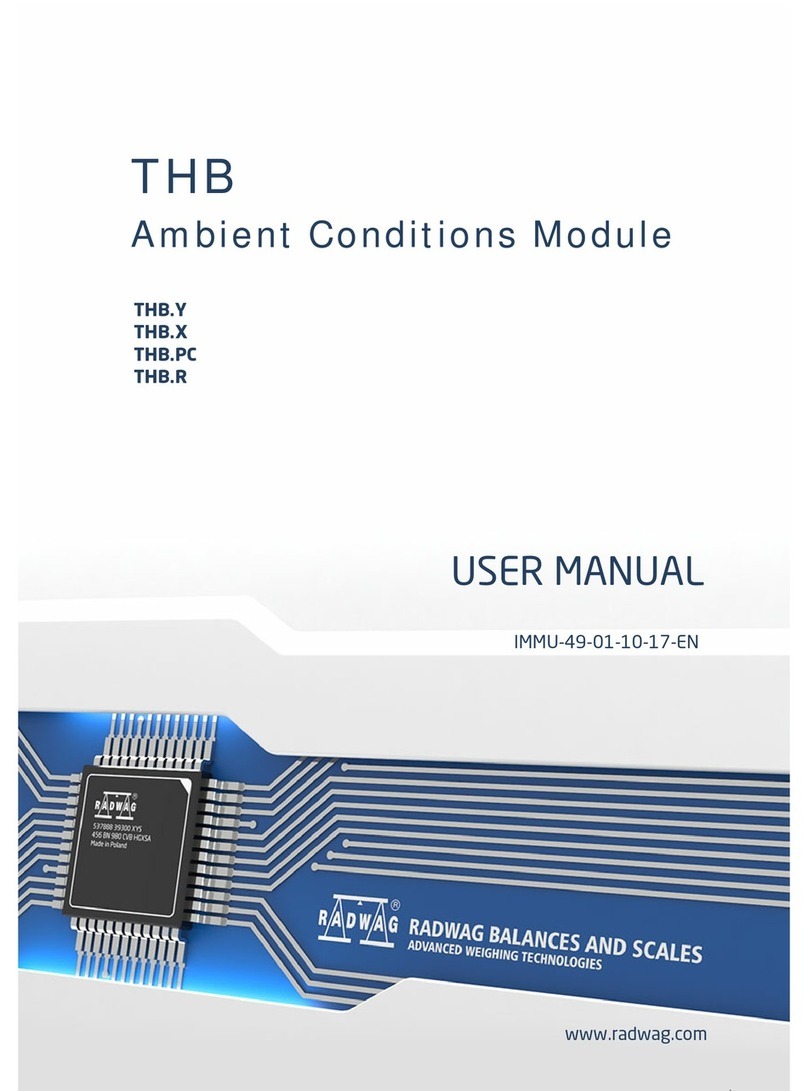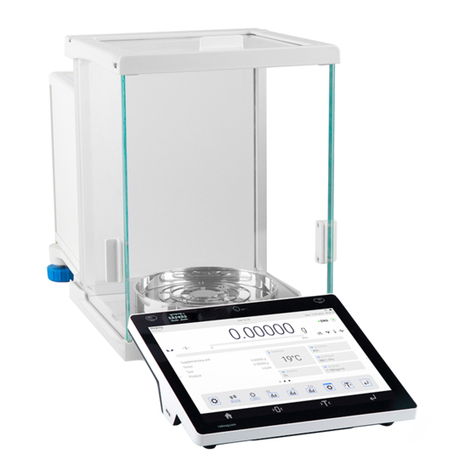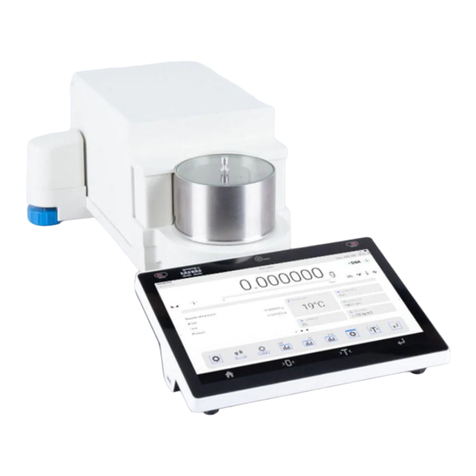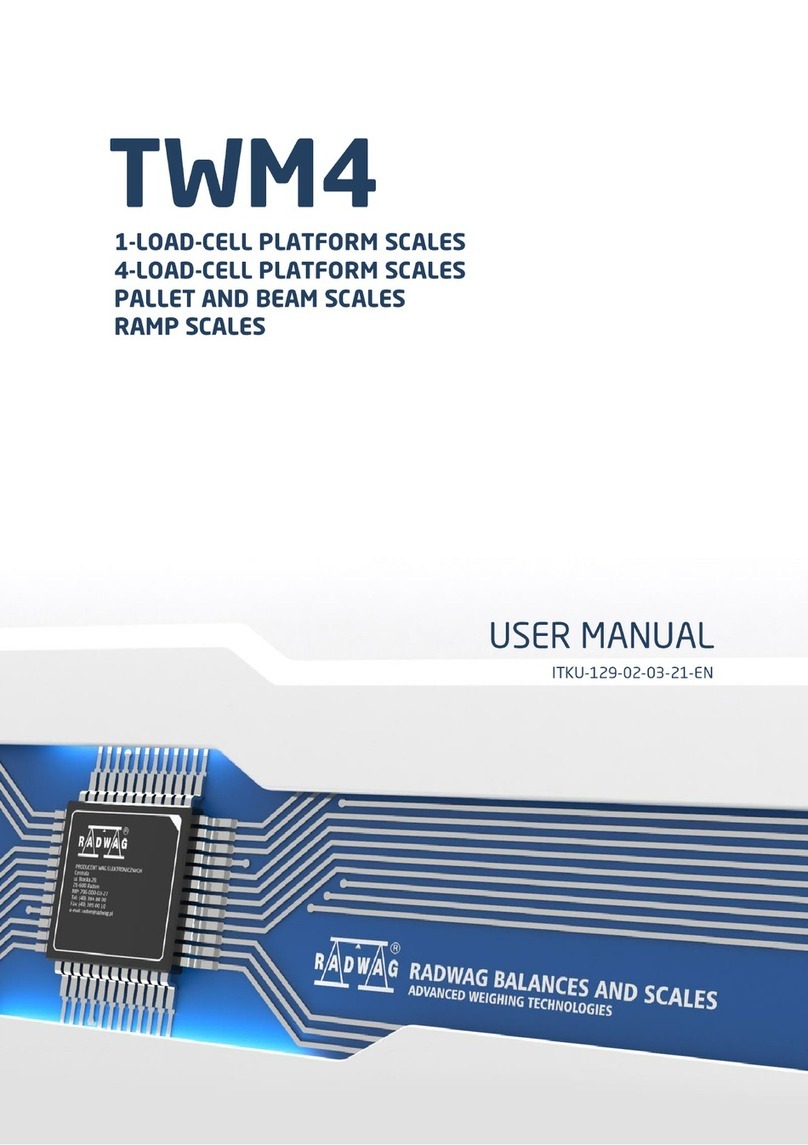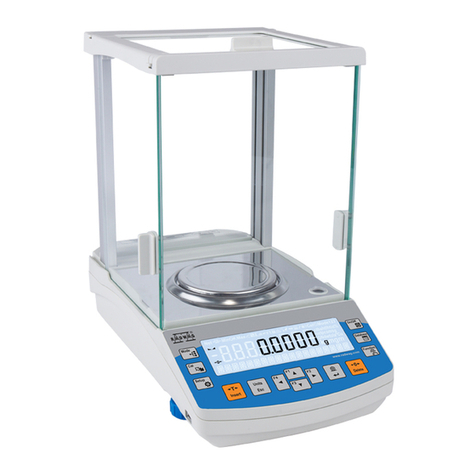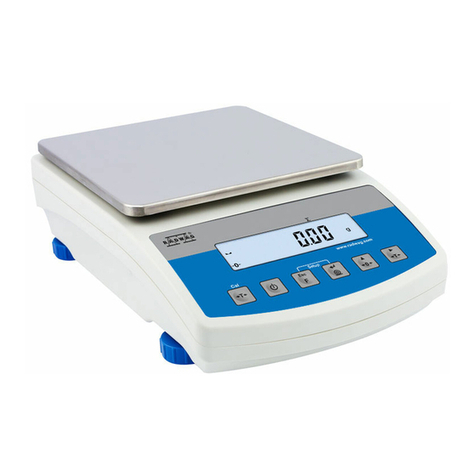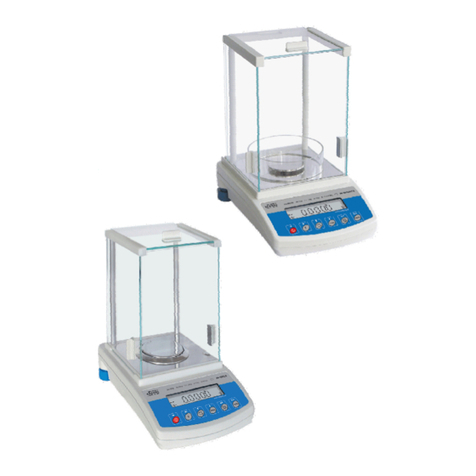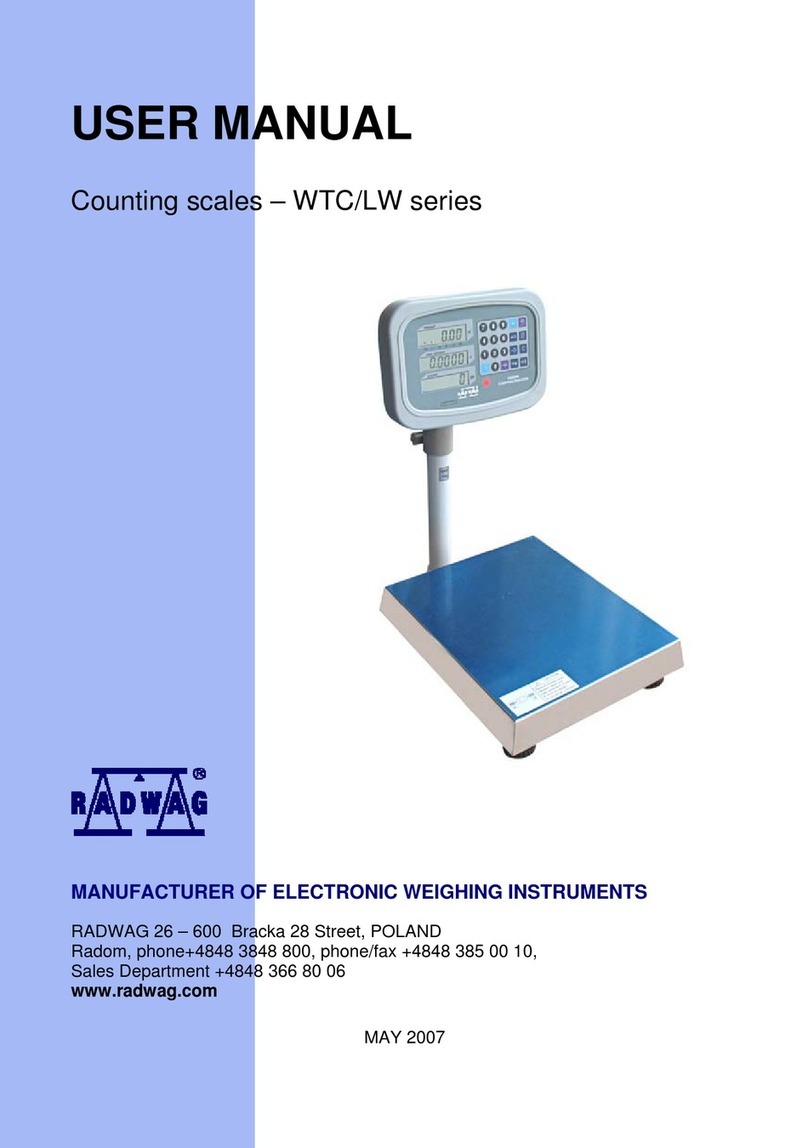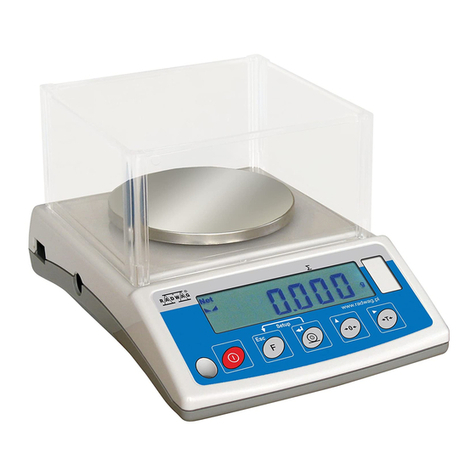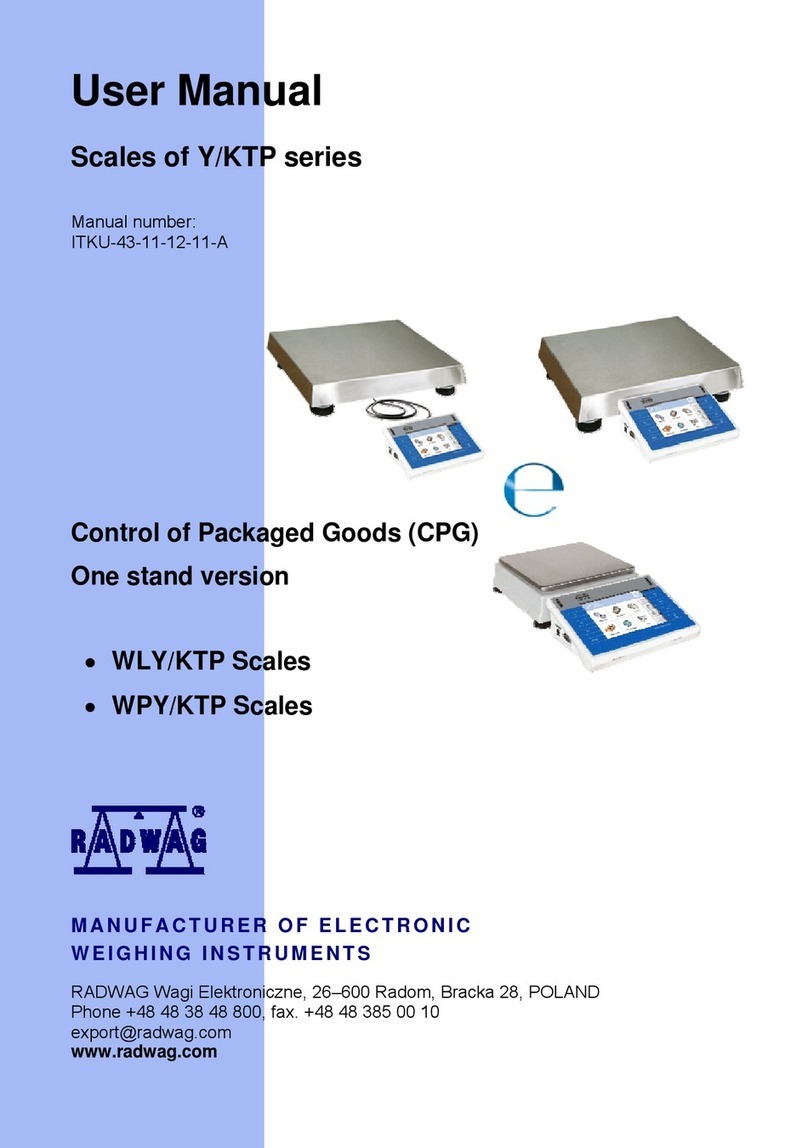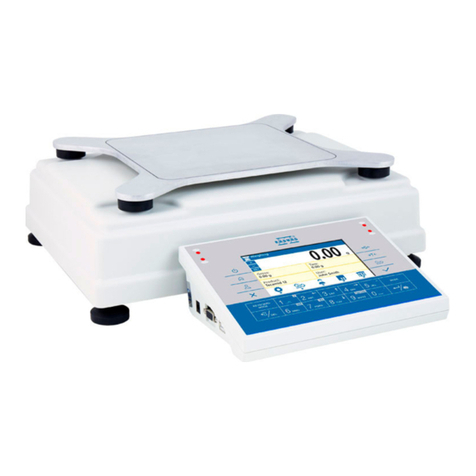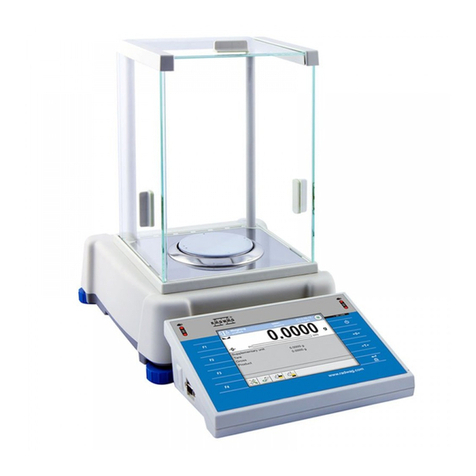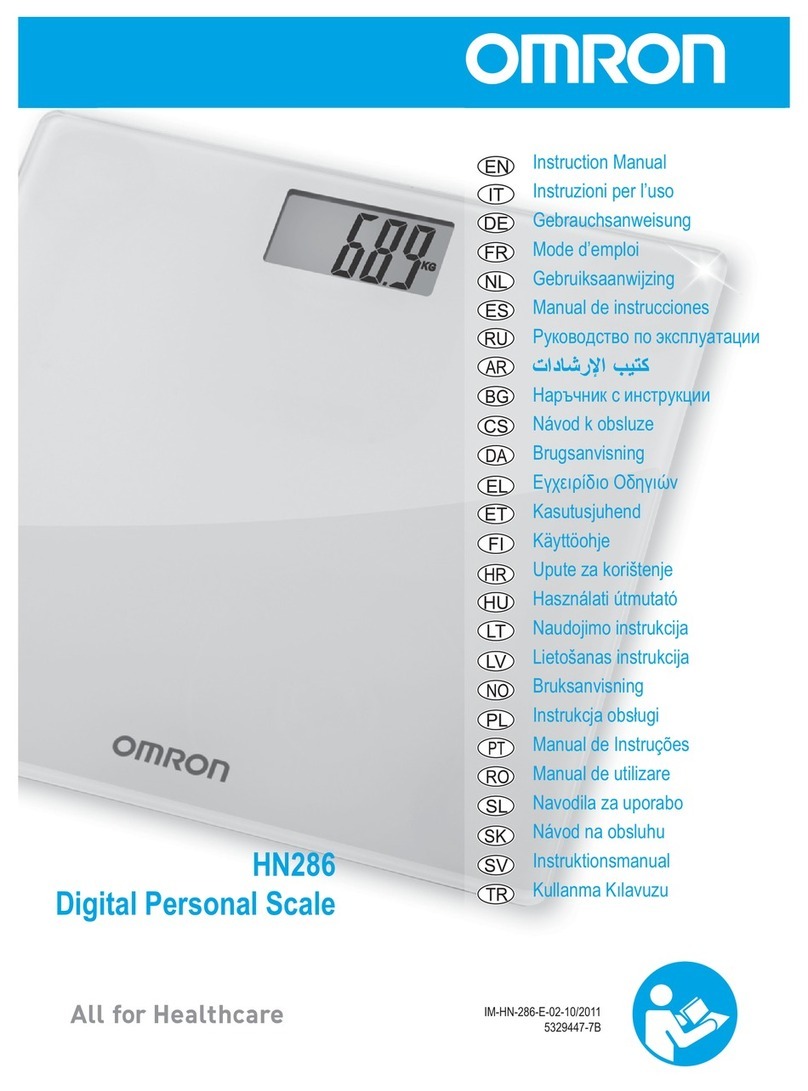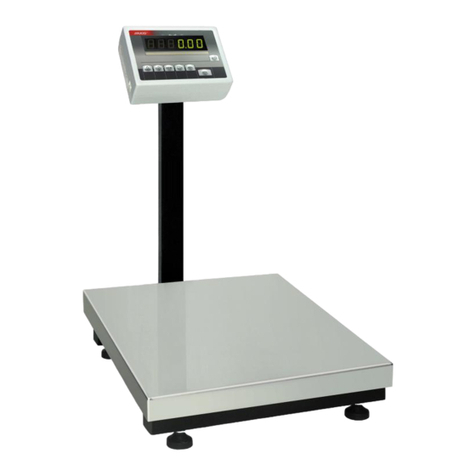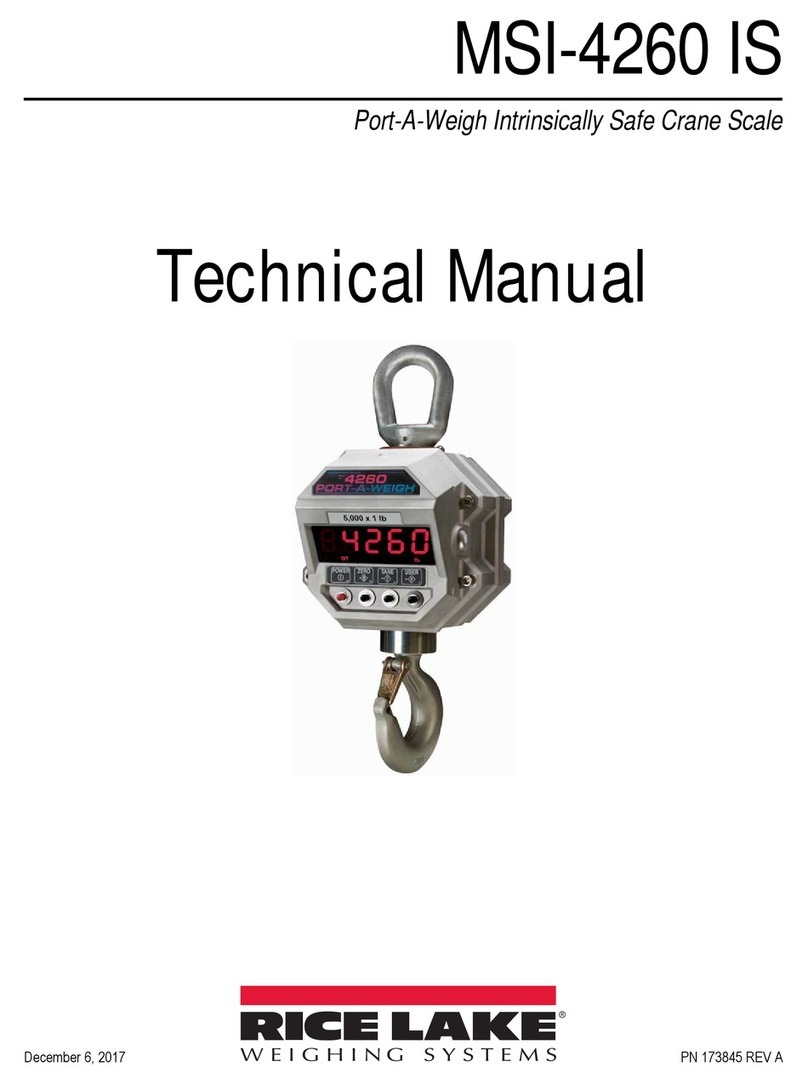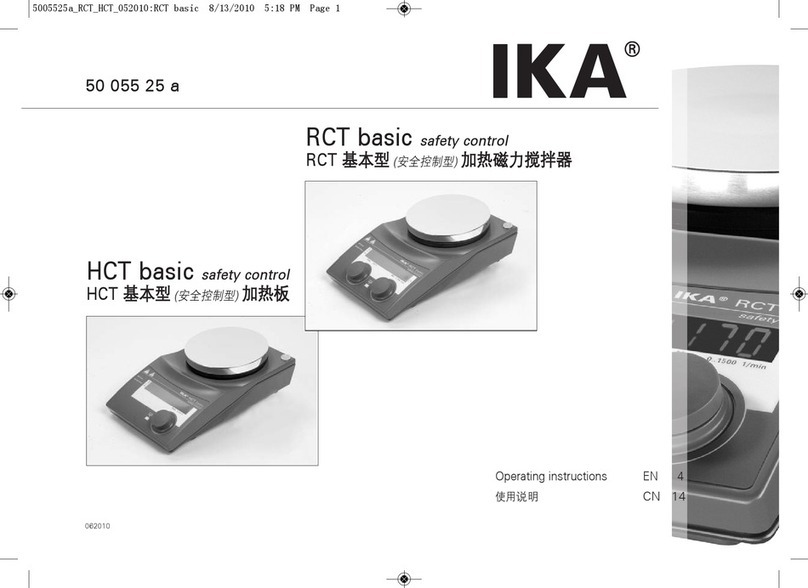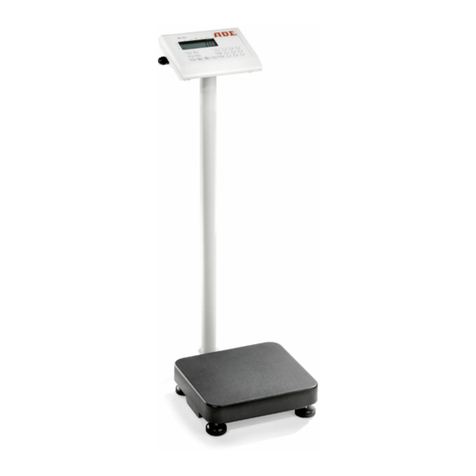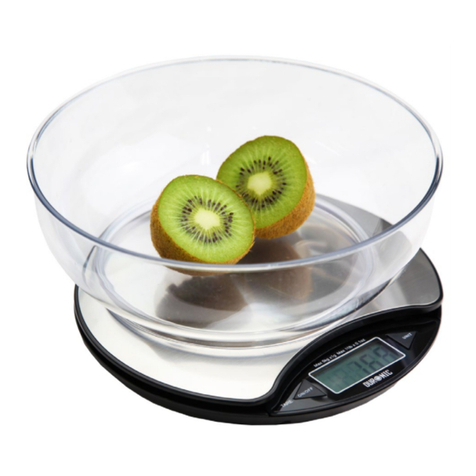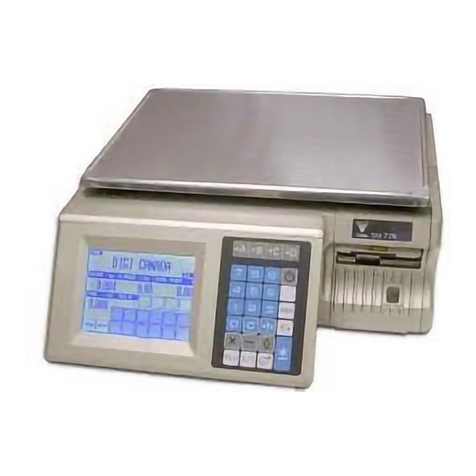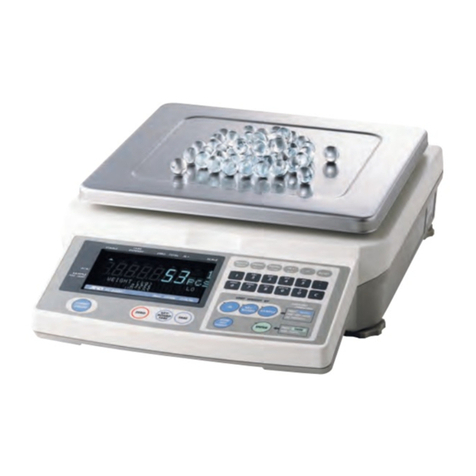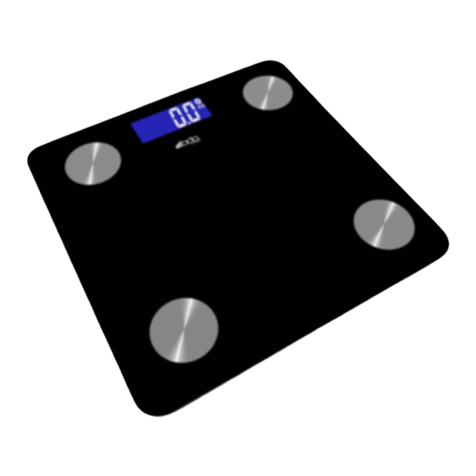
TABLE OF CONTENTS
1. INTENDED USE .................................................................................................................5
2. PRECAUTIONS..................................................................................................................5
2.1. Maintenance................................................................................................................5
2.2. Accumulator / battery pack..........................................................................................5
2.2.1. Power supply of weighing indicators in plastic casings......................................6
2.2.2. Replacement of worn batteries..........................................................................7
2.3. Operation in a strong electrostatic field........................................................................8
3. WARRANTY CONDITIONS ................................................................................................8
4. MAIN DIMENSIONS ...........................................................................................................9
5. UNPACKING AND ASSEMBLY .......................................................................................10
5.1. Scales of WPT/P 2 series..........................................................................................10
5.2. Scales of WPT/P 60 series........................................................................................11
6. GETTING STARTED.........................................................................................................12
7. KEYPAD...........................................................................................................................13
8. KEYS’ FUNCTIONS ........................................................................................................13
9. INSCRIPTIONS ON THE DISPLAY..................................................................................14
10. USER MENU ..................................................................................................................14
10.1. Submenus...............................................................................................................14
10.2. Browsing user menu ...............................................................................................15
10.2.1. Keypad..........................................................................................................15
10.2.2. Return to the weighing mode.........................................................................15
11. WEIGHING .....................................................................................................................16
11.1. Tarring ....................................................................................................................17
11.2. Inscribing tare value................................................................................................17
11.3. Zeroing....................................................................................................................18
11.4. Weighings in two ranges.........................................................................................18
11.5. Selection of basic weight unit..................................................................................19
11.6. Temporarily selected unit........................................................................................20
12. MAIN PARAMETERS .....................................................................................................21
12.1. Setting a filtering level.............................................................................................21
12.2. Median filter ............................................................................................................22
12.3. Autozero function....................................................................................................23
12.4. Tare function...........................................................................................................24
13. RS 232 PARAMETERS...................................................................................................25
13.1. Baud rate ................................................................................................................25
13.2. Minimal mass threshold ..........................................................................................26
14. OTHER PARAMETERS..................................................................................................26
14.1. Backlight function....................................................................................................27
14.1.1. Backlight for supplying from mains................................................................27
14.1.2. Backlight for supplying from batteries............................................................28
14.2. “Beep” signal – after pressing a key........................................................................28
14.3. Automatic switch-off................................................................................................29
14.4. Battery voltage level check......................................................................................30
14.4.1. Checking the batteries ..................................................................................30
14.4.2. Battery discharge pictogram..........................................................................31
14.4.3. Accumulator charging option.........................................................................31
14.4.4. Formatting rechargeable battery packs .........................................................32
